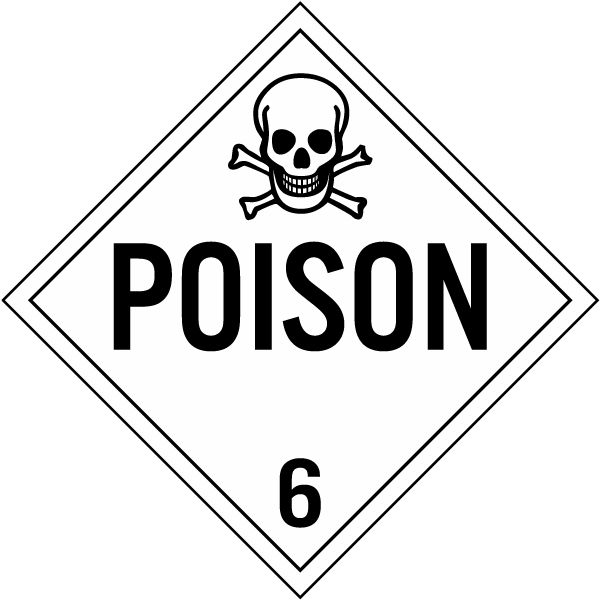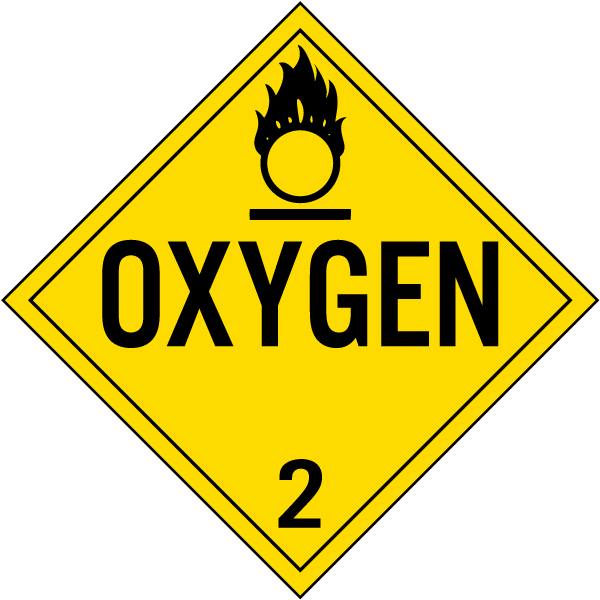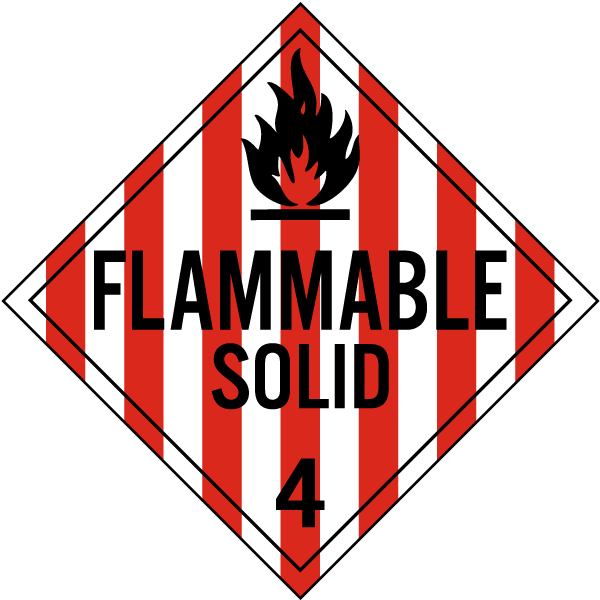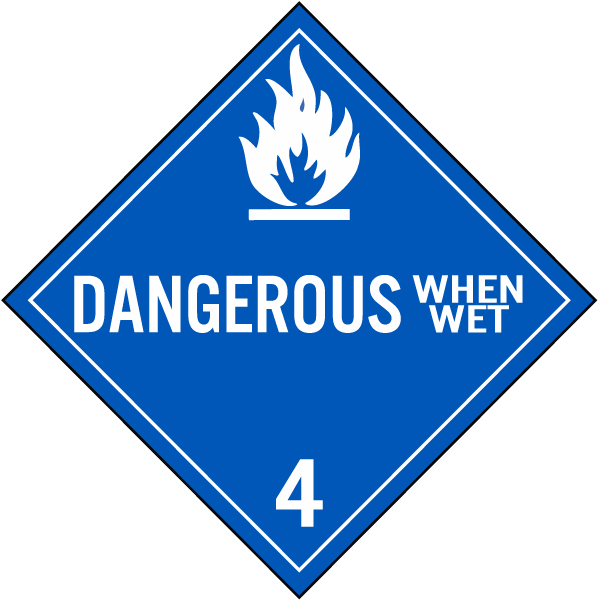We have developed a comprehensive dataset of HAZMAT sign, including images from various viewing angels, distortions, and different illumination conditions. The dataset has been divided into 13 different classes as shown below. The dataset is annotated with PASCAL-VOC format as it is easy to convert into other annotation formats such as YOLO or COCO.
The dataset consist of three different models that mentioned below:
Consist of 1685 images with no augment and consist of bounding box and segmented mask
- Row a, b: Samples in different angles, lighting conditions, and backgrounds.
- Row c, d: Samples in different situation at RoboCup competitions in past years.
Applying data augmentation we increased the number of HAZMAT signs to improve the performance of our algorithm. Besides, the dataset needs to be balanced and the number of images for each class should be almost same to have a Homogeneous dataset. Also, the size of our dataset should neither be very small that lead to model under-fitting and detection accuracy loss, and nor too large to increase the complexity of the feature extraction and overfitting challenges. To aim this, and using the augmentation technique, we expanded the dataset to 4065 images per class and in overall 52845 images. We split the dataset into 80% train set and 20% test set.
We prepare small dataset in 3 different distance to measure our method performance. It consist in 3 different distances 50cm, 100cm and 150cm.
| 50cm | 100cm | 150cm | |
|---|---|---|---|
| 1 |  |
 |
 |
| 2 |  |
 |
 |
| 3 |  |
 |
 |
| 4 |  |
 |
 |
| 5 |  |
 |
 |
If this dataset help you during research feel free to cite it:
@article{DeepHazmat,
title = {A deep learning based hazardous materials (HAZMAT) sign detection robot with restricted computational resources},
journal = {Machine Learning with Applications},
pages = {100104},
year = {2021},
issn = {2666-8270},
doi = {https://doi.org/10.1016/j.mlwa.2021.100104},
url = {https://www.sciencedirect.com/science/article/pii/S2666827021000529},
author = {Amir Sharifi and Ahmadreza Zibaei and Mahdi Rezaei},
}













